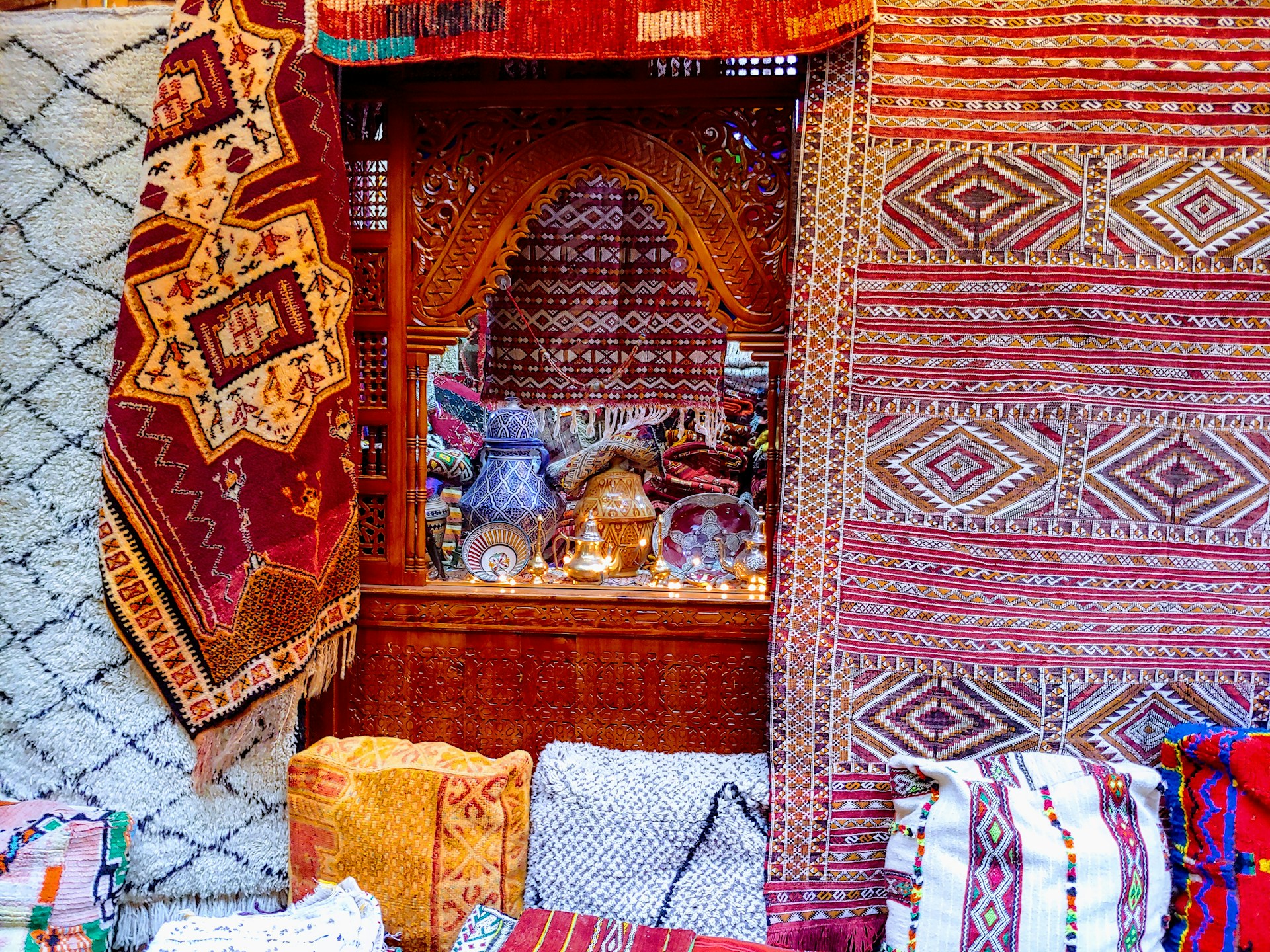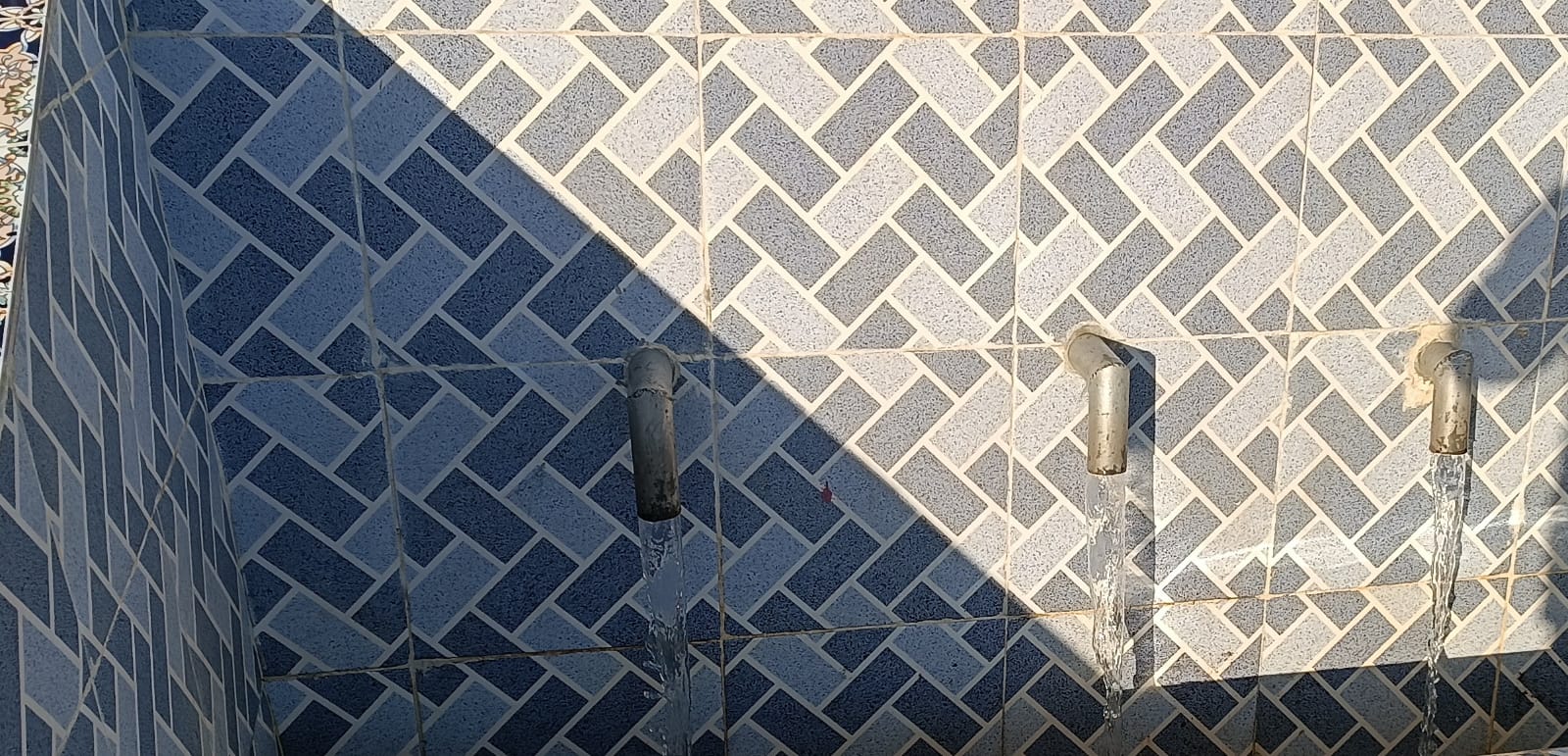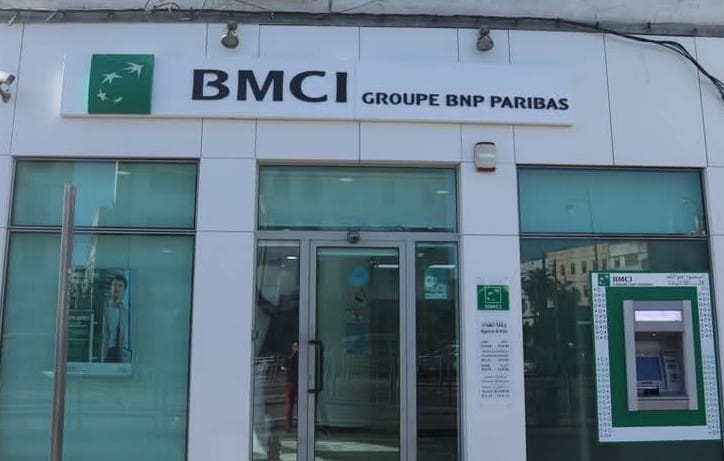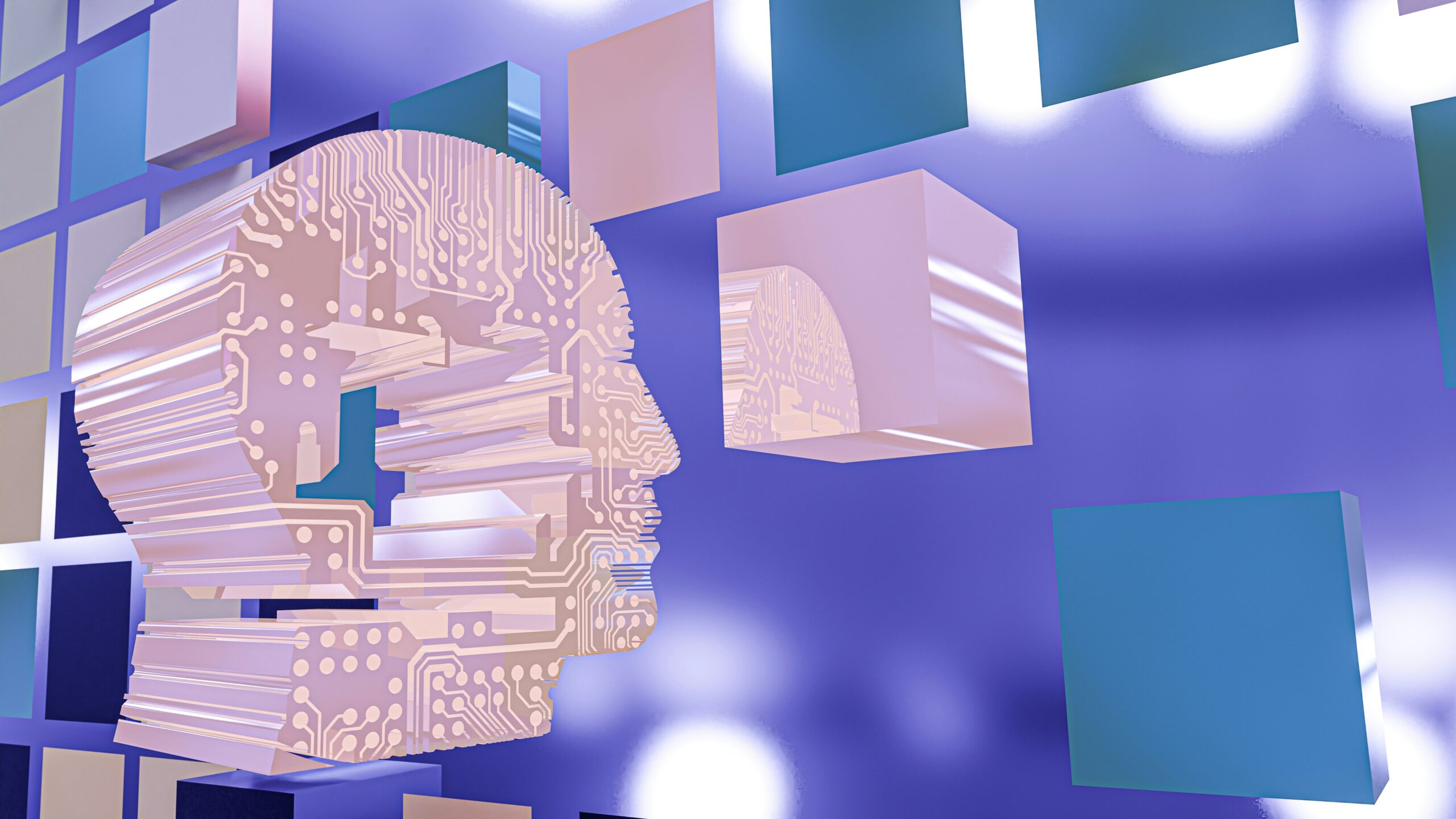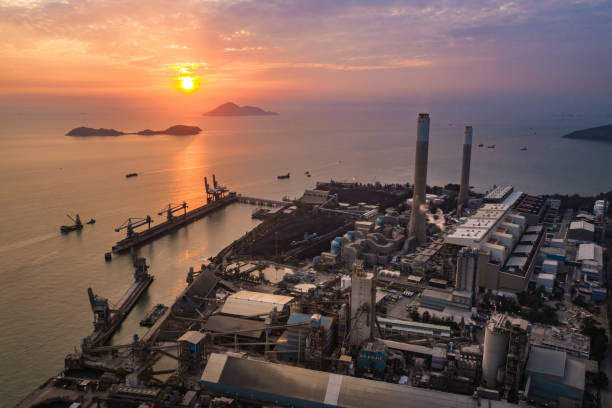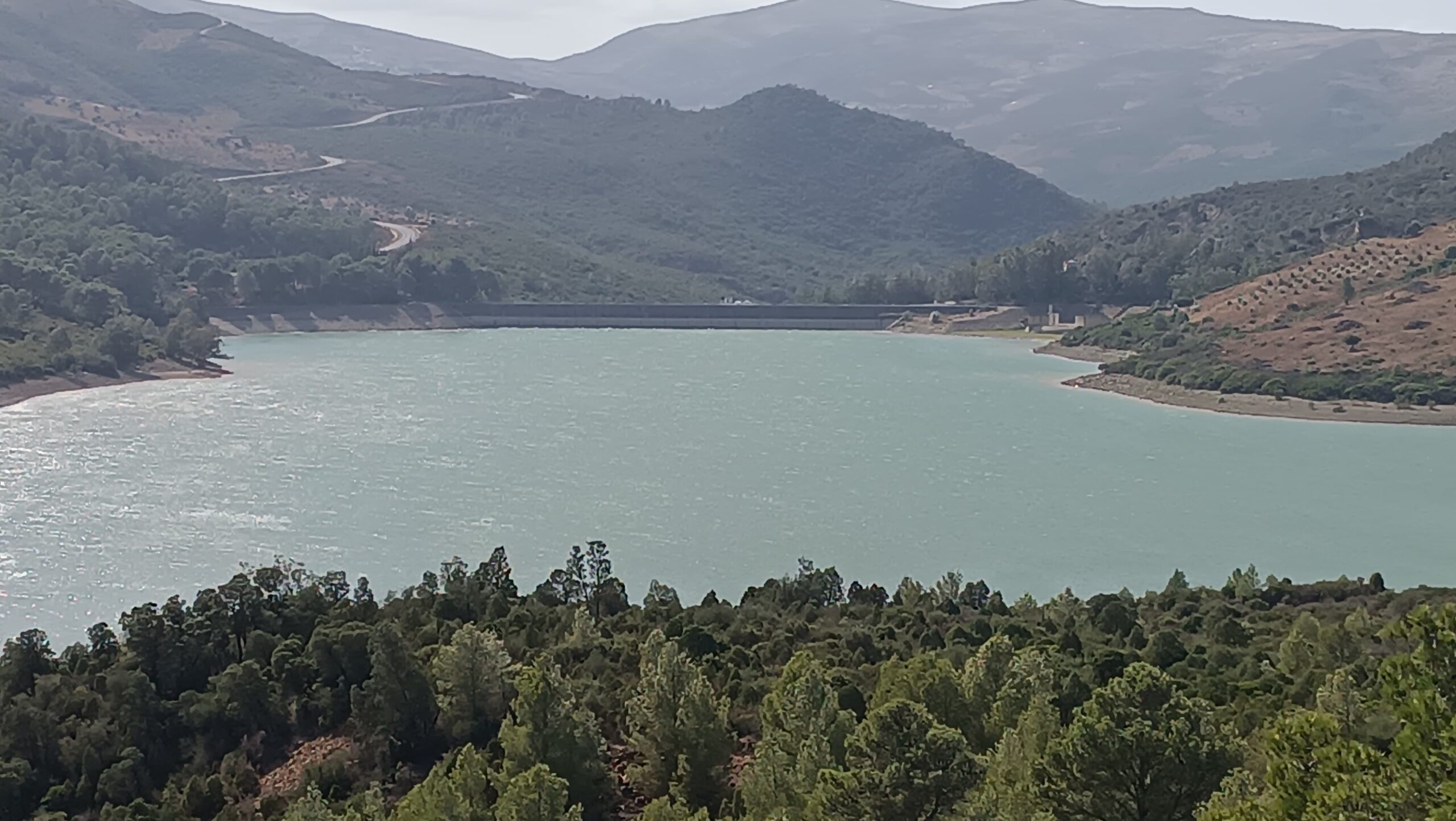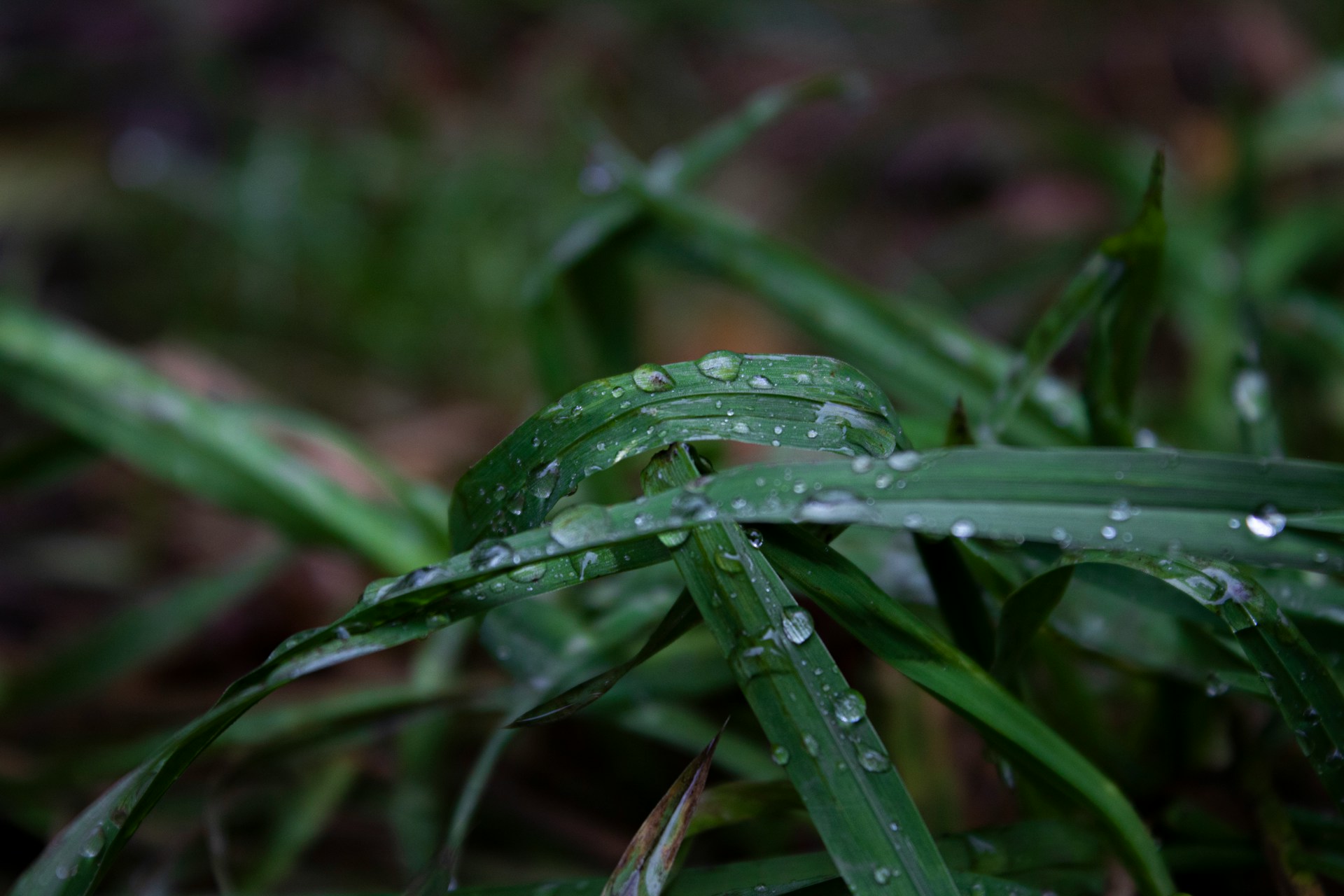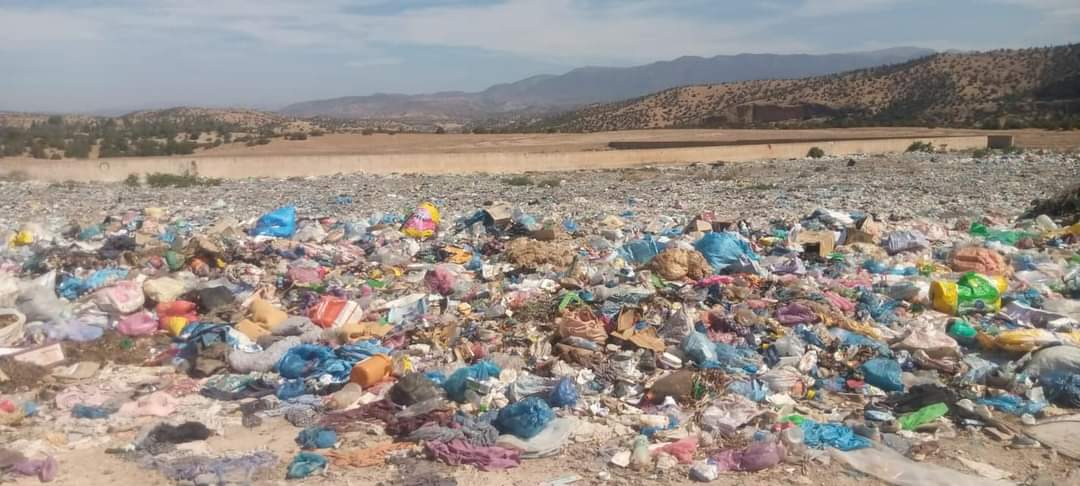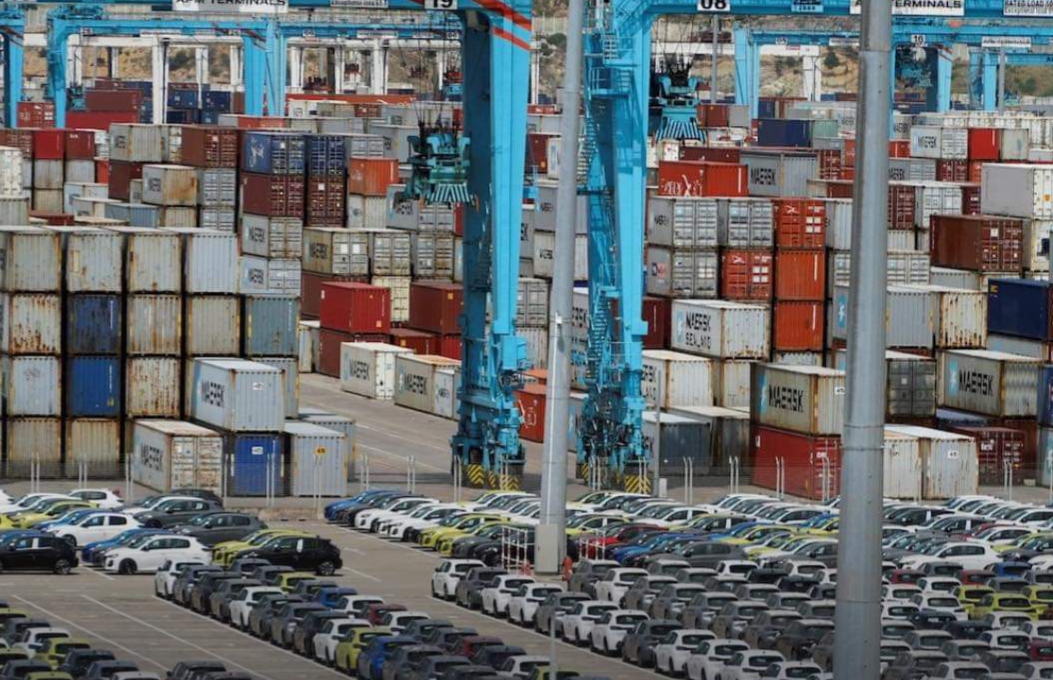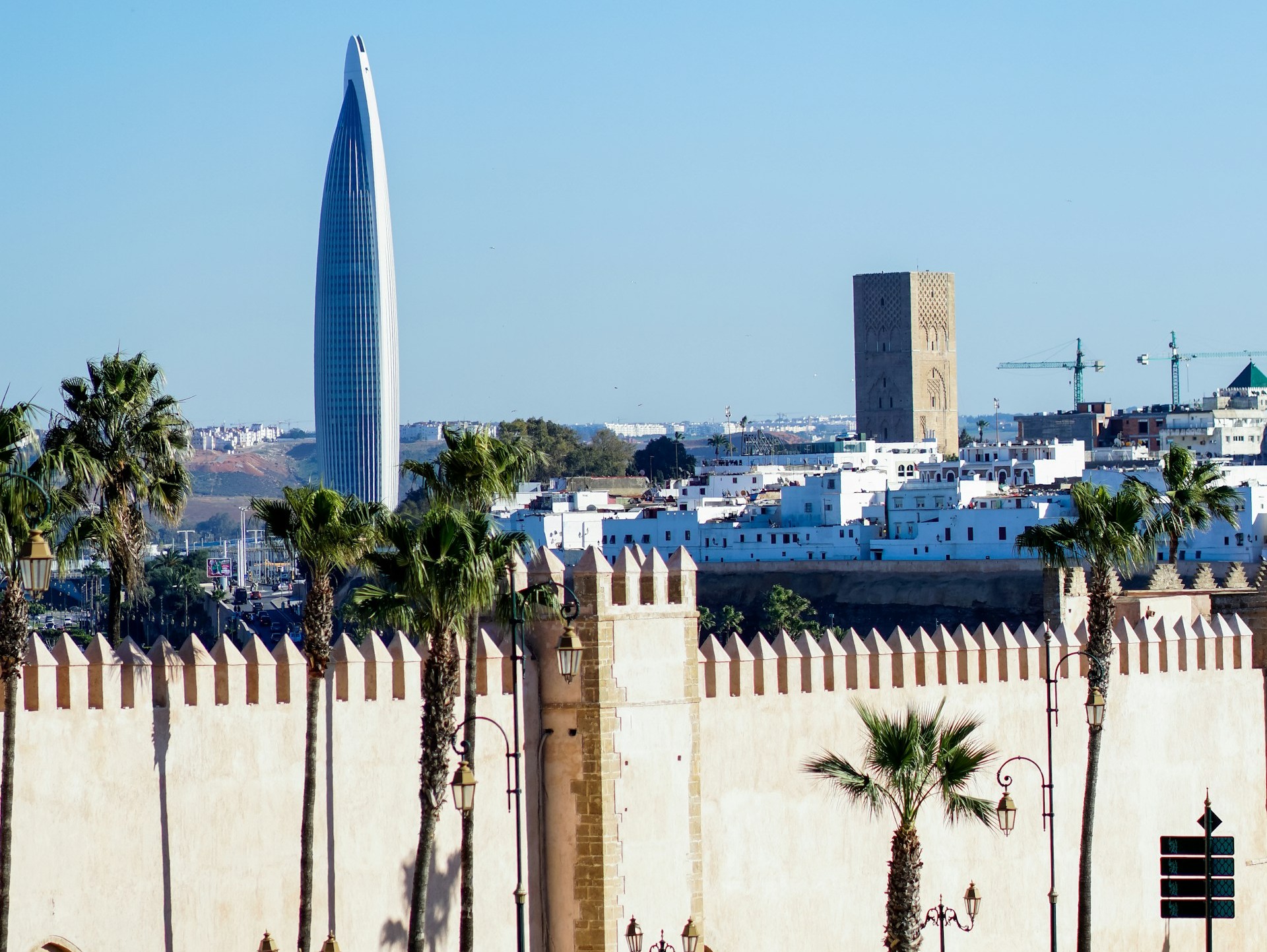Casablanca – In a historic breakthrough for Morocco’s energy sector, artificial intelligence (AI) has been successfully deployed to map natural gas reservoirs in the Tendrara region—marking the first time such technology has been applied to gas exploration in the country. The results, reaching up to 87% accuracy in rock identification, could dramatically change the way Morocco approaches energy exploration and resource management.
Located in the remote eastern part of the country, the Tendrara Basin has shown promising gas potential for several years. However, progress has been slow due to the geological complexity of the area and the high costs associated with conventional exploration methods. Now, thanks to a pioneering effort led by a Moroccan research team, a new era of data-driven resource discovery may be dawning.
AI meets geoscience
The initiative, developed primarily at Mohammed First University in Oujda, brought together a multidisciplinary team of geologists, data scientists, and modeling experts. By combining borehole data with advanced algorithms—such as multilayer neural networks and random forest models—the team was able to produce highly accurate lithological classifications of subsurface formations.
These tools allowed the researchers to analyze complex geological data and distinguish between different rock types with a precision previously unattainable using traditional laboratory techniques. The AI models reached an accuracy rate of 87%, validating their potential as effective alternatives to more labor-intensive and costly methods such as rock core extraction.
“This kind of precision gives us a powerful advantage in understanding underground reservoirs before drilling even begins,” one team member noted. “It’s about being faster, more accurate, and more strategic.”
Economic and strategic impact
Beyond the scientific milestone, the implications for Morocco’s economy and energy strategy are significant. The country imports a large portion of its energy and has been seeking ways to develop local resources to improve energy security. With AI-powered mapping, exploration becomes faster, cheaper, and more environmentally sustainable.
Instead of relying on extensive drilling campaigns, companies and public agencies can now use these predictive models to focus resources on the most promising zones. This efficiency not only reduces operational costs but also minimizes environmental disruption—an increasingly important factor in energy development today.
Furthermore, the integration of AI models with seismic data opens the door to advanced 3D geological modeling. These detailed subsurface visualizations could revolutionize exploration planning and allow for more informed decision-making in both public and private sectors.
A national scientific achievement
The success of this project demonstrates the growing capabilities of Moroccan research institutions to lead cutting-edge technological initiatives. It also reflects the benefits of interdisciplinary collaboration, as the convergence of data science and geoscience proves essential for tackling the complexities of natural resource exploration.
While the current focus remains on Tendrara, the potential for broader application is considerable. Several underexplored regions across Morocco—from eastern sedimentary basins to southern frontier areas—stand to benefit from similar AI-driven analysis. These techniques are especially valuable in regions where traditional data is scarce or incomplete.
According to the research team, the next steps include refining the algorithms, training them on new datasets, and scaling the approach to cover other promising basins across the country. There are also ongoing discussions about establishing a national platform or center dedicated to AI applications in geoscience and energy.
Looking ahead
As the global energy landscape shifts toward smarter, more efficient exploration methods, Morocco’s early adoption of artificial intelligence places it in a forward-thinking position. This success story is not just about uncovering gas—it’s about leveraging technology to reshape the foundations of national energy strategy.
If scaled effectively, this model could position Morocco as a regional leader in digital exploration and resource optimization. The country’s investment in education, research, and innovation is now paying off in tangible ways—with AI at the core of this quiet revolution beneath its soil.
